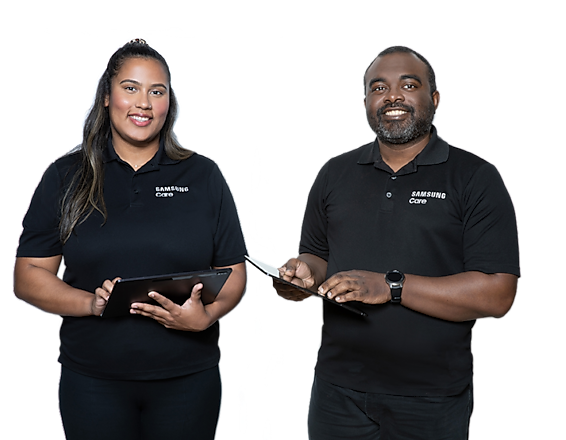Share files from your Galaxy phone or tablet
When you want to share photos and files with your friends, text and email chains can get pretty long, assuming the files aren't too big to even send at all. So what if you could easily share to compatible devices with no emails or messages required? You can! With Nearby Share and Quick Share on Galaxy phones and tablets, you can easily send media to people around you. Private Share is also available, which protects your personal information when sending files.

Share files from your Galaxy phone or tablet
Notes
- Availability of sharing features and functions will vary by device, carrier, and software version. To share files to your PC, you can use Link to Windows or the old-fashioned way using a USB cable.
- Auto Blocker with Maximum restrictions enabled will automatically remove location data from images shared from Gallery.
Recommended Articles

Useful features on the Samsung Galaxy A16 5G, A26 5G, and A36 5G
Useful features on the Samsung Galaxy A16 5G, A26 5G, and A36 5G The Galaxy A16 5G, A26 5G, and A36 5G offer exclusive features and services that you won’t find on non-Samsung phones. You can securely share sensitive files with Private Share, track fitness activities with Samsung Health, automate device functions with Modes & Routines, enhance your

Send and receive messages on your Samsung smart watch
Send and receive messages on your Samsung smart watch With Samsung's Bluetooth and LTE smart watches, it's never been easier to talk while you walk. You can create new messages, or view incoming messages and send replies using the preinstalled Messages app, without even taking out your Galaxy phone. You can also send replies using Quick messages, o

Add, restrict, remove, or switch users on your Galaxy tablet
Add, restrict, remove, or switch users on your Galaxy tablet When you have friends over, someone inevitably always wants to borrow your tablet. However, you like to keep your private information for your eyes only. No problem, just set up a separate user for your friend - you can even restrict access to certain apps if you'd like. Add, restrict, re
We're here for you
Contact Samsung Support
Contact us online through chat and get support from an expert on your computer, mobile device or tablet. Support is also available on your mobile device through the Samsung Members App.



